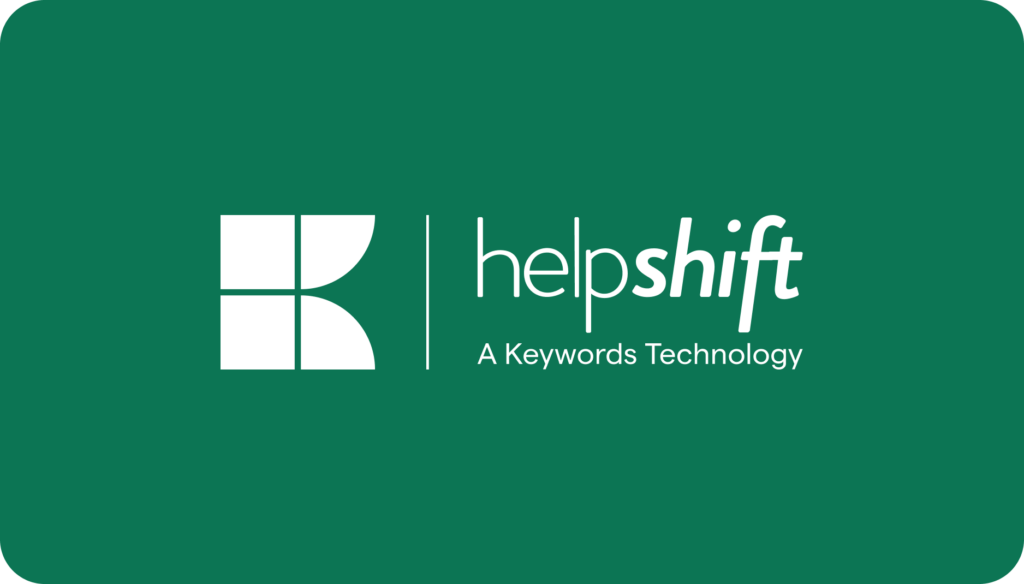Time to resolution is an average of the amount of time it takes a customer service organization to resolve a customer service issue, case, or ticket once it’s been opened. Time to resolution is also called mean time to resolution (MTTR) and resolution time. Typically, this metric is measured in business hours — not clock hours — to compensate for customer service organization down time.
Average time to resolution is calculated with the following simple formula:
Average time to resolution = sum of all times to resolution / total # of cases resolved

Why Does Time to Resolution Matter to Customer Service?
There’s a direct correlation between time to resolution and customer satisfaction, or CSAT. Customers don’t take the time to reach out to customer service organizations because they’re bored or lonely. They only take the initiative when they have a problem that needs solving. Making them wait to resolve this problem creates friction, and sometimes ill will or even the loss of a customer.
Time to resolution metrics also impact team efficiency and effectiveness. For this reason, companies measure time to resolution both as an aggregate and on a per-employee basis in order to single out underperforming employees.
How Helpshift Supports Time to Resolution
With an integrated approach that combines traditional phone support with asynchronous in-app messaging, Helpshift gives customers options with how they handle their questions and issues and makes the process of solving those issues more efficient for customer service organizations. AI-enabled bots can quickly route customer inquiries to the right knowledge base article or live human agent.
With bots in the customer service mix, time to resolution is drastically reduced. Agents are able to work on more issues within a given period of time, signaling an increase in productivity. Agent time is maximized on issues that count, while customers can self-serve to information in order to answer their own questions. The end result is an expedited, faster experience for everyone.
Using Helpshift, some brands have been able to reduce their time to resolution numbers significantly — 24% in the case of MoviePass, for instance.



